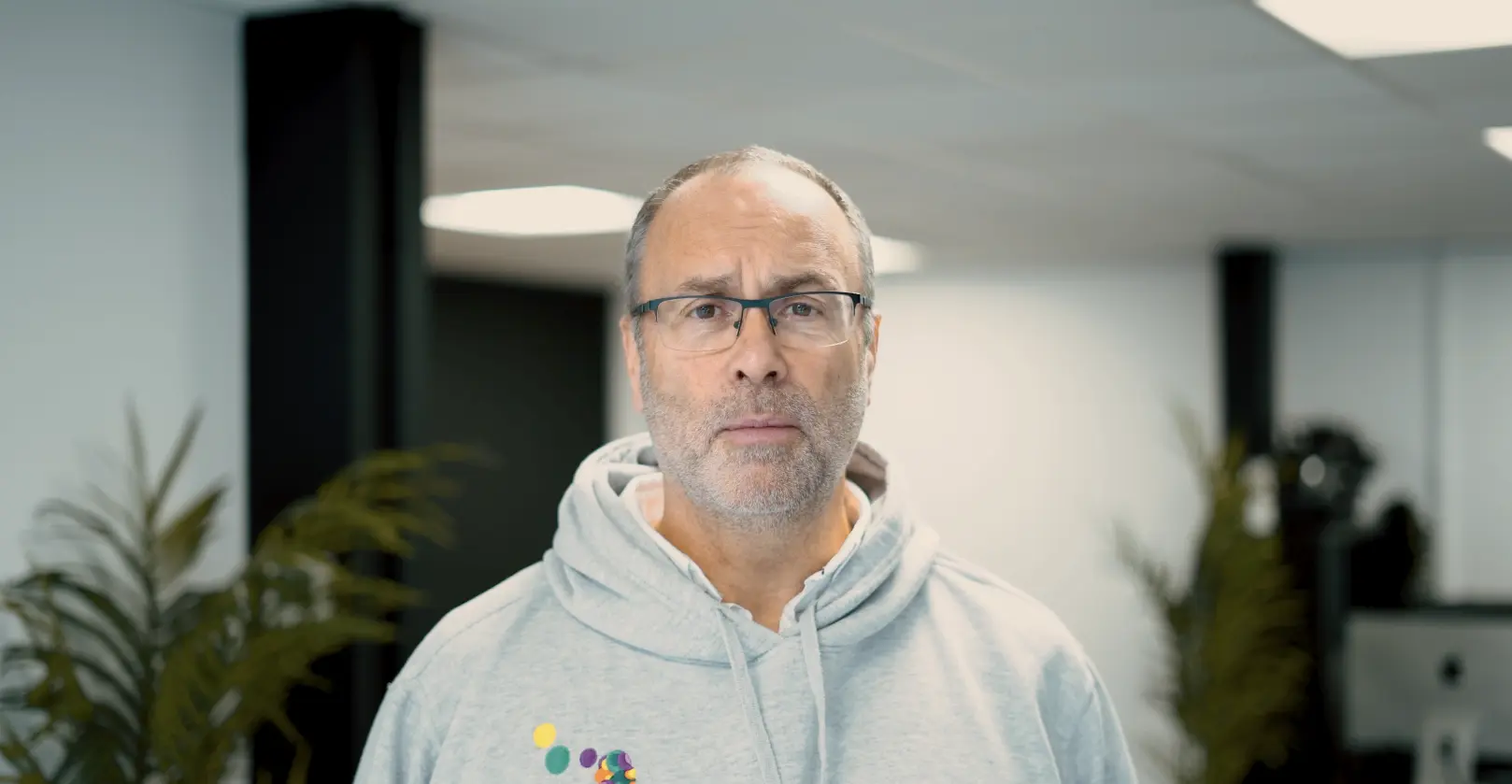What is ADHD?
By Phil Anderton, Phd

Understanding the ADHD brain
A good friend of ADHD360, Professor Tom Brown, once gave me the perfect analogy:
Imagine a symphony orchestra. Each musician is brilliant – highly skilled, creative, and capable of producing something beautiful. But without a conductor, the orchestra can’t stay in rhythm. It is out of sync, out of tune, and the harmony is lost.
That’s ADHD, or attention deficit hyperactivity disorder.
Each part of the brain – empathy, movement, emotion, focus – is like one of those musicians. The conductor is the prefrontal cortex, which is the part responsible for control, coordination and regulation.
When that conductor isn’t functioning as it should, the whole system struggles to stay in time. Focus falters. Impulses take over. And life starts to feel more like noise than music.
It’s not about intelligence
Dr. Russell Barkley describes ADHD not as a lack of intelligence, but a performance issue. This aligns with Tom Brown’s analogy – individuals may be brilliant and capable, but unable to perform at their best without the right support.
A blessing or a burden?
Within the world of ADHD, there are two common perspectives:
- For some, ADHD is an impairment. It blocks potential, causes frustration, and disrupts emotional wellbeing.
- For others, it’s a gift – fuel for creativity, energy, and out-of-the-box thinking that others simply can’t match.
Both views are valid. One doesn’t cancel out the other. ADHD can be both a struggle and a superpower, depending on the person, the context, and the support they receive.
The science behind it
Let’s bring it back to basics. A colleague once told me:
The brain is just electricity and chemicals, held in a muscle.
It sounds simple, but it’s profound.
In ADHD, we see imbalances in those chemicals, especially in the prefrontal cortex, which helps control hyperactivity, impulsivity, and attention. That’s what throws the ‘conductor’ off. But when we adjust those imbalances using evidence-based treatments, we help restore control.
Put simply, we don’t ‘fix’ people. We just give the conductor what it needs to lead again.
Webinars
Watch our webinars below for some useful information on ADHD.
The human impact:
signs of ADHD
ADHD doesn’t just show up in brain scans or research papers. It shows up in people’s lives.
For children, it can mean:
- Struggling to focus in school
- Failing to keep up with peers
- Feeling left out or misunderstood
- Developing low self-worth or anxiety.
For adults, it can lead to:
- Underperforming at work
- Relationship breakdowns
- Difficulty driving
- Criminal behaviour
But here’s the hopeful part. With the right support and treatment, all of this can change.
At ADHD360, we’ve seen this proven again and again. People tell us:
You saved my marriage,
My supervisor now wants to spend time with me,
I finally understand myself.
How to talk about ADHD
We must be careful not to let ADHD become someone’s definition. You are not someone that ‘is ADHD’. You are a person living ‘with ADHD’. There’s a big difference.
ADHD doesn’t erase who you are. It’s just one part of your story. And when that story includes understanding, treatment, and support, it can look completely different.
ADHD Beyond the Label
ADHD Beyond the Label is a TV series created by ADHD360 that looks past the stereotypes to reveal the truth about living with ADHD today.
Across 12 powerful episodes, we sit down with people from business, sports, media, and medicine to shine a light on their lived experiences and challenge common misconceptions about ADHD.
This is not just a series about diagnosis; it’s about identity, success, resilience, and the power of being understood.
Watch NowMore than a diagnosis
Whether we’re talking about brain chemistry, emotional impact, or life outcomes, the truth remains:
ADHD is real. It’s treatable. And we can make a difference.
But our work must be more than just giving a diagnosis. It’s about shining a light on what’s possible – helping people thrive, and advocating for a society that truly understands and supports ADHD.
